Home>Furniture & Design>Bathroom Fixtures>How To Prevent A Shower Rod From Falling
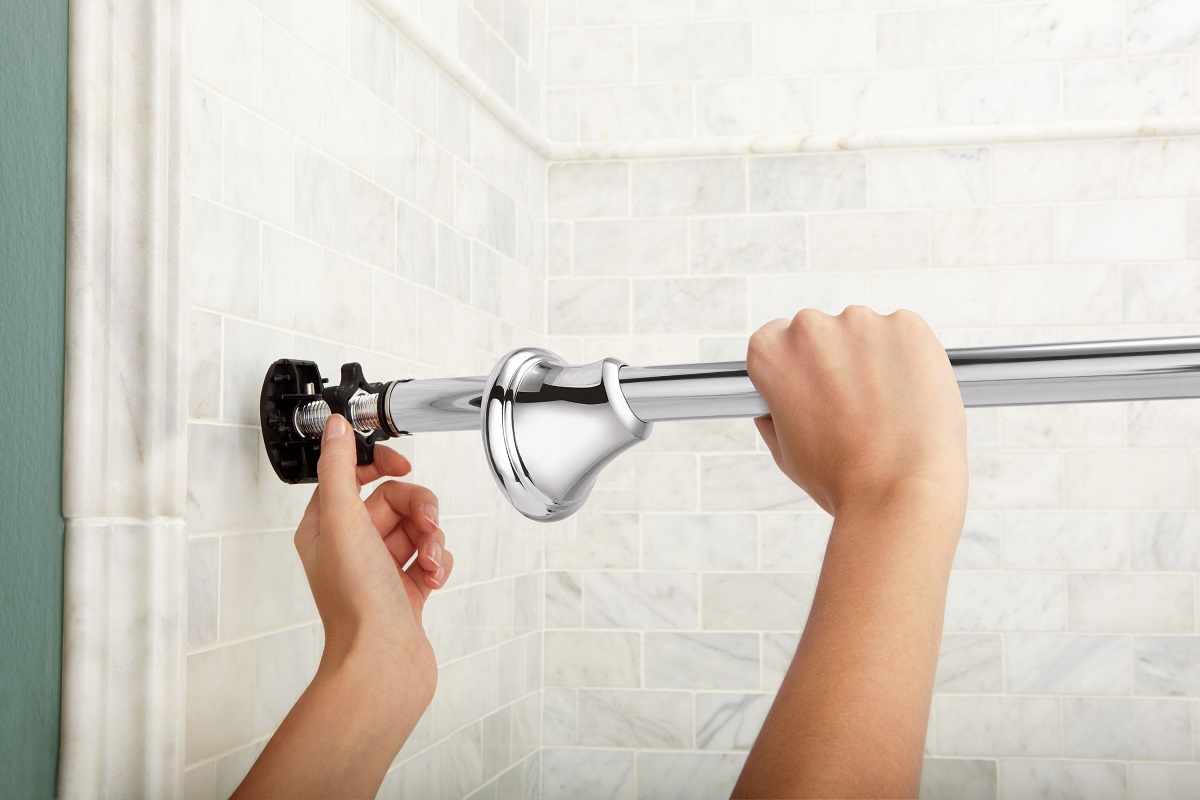

Bathroom Fixtures
How To Prevent A Shower Rod From Falling
Modified: February 18, 2024
Learn effective ways to prevent your shower rod from falling in your bathroom. Get expert tips on securing bathroom fixtures for safety and stability. Protect your shower curtain and keep your bathroom organized.
(Many of the links in this article redirect to a specific reviewed product. Your purchase of these products through affiliate links helps to generate commission for Storables.com, at no extra cost. Learn more)
Introduction
A shower rod falling can be a frustrating and potentially hazardous experience. Picture this: you're enjoying a relaxing shower, and suddenly, the shower rod comes crashing down, disrupting your peaceful moment and possibly causing damage to the bathroom. It's a scenario that many people have encountered, and it's one that can be easily prevented with the right knowledge and precautions.
In this comprehensive guide, we'll delve into the common causes of shower rod failures and provide practical tips to help you safeguard against this inconvenience. Whether you're a homeowner, a renter, or a DIY enthusiast, understanding the dynamics of shower rod stability is essential for maintaining a secure and enjoyable showering experience. So, let's explore the factors that contribute to shower rod instability and learn how to prevent this common household annoyance.
Key Takeaways:
- Keep your shower rod secure by using high-quality materials, proper installation, and regular maintenance. Avoid excessive weight and tension, and consider anti-slip solutions for added stability.
- Prevent shower rod failures by managing dampness, exploring reinforcement techniques, and being mindful of weight. With proactive measures, you can enjoy a secure and worry-free showering experience.
Read more: How To Prevent Shower Caddy From Falling
Understanding the Causes of Shower Rod Falling
Shower rod falling is a common issue that can disrupt the tranquility of your bathroom and pose potential safety risks. To effectively prevent this inconvenience, it's crucial to understand the underlying causes of shower rod instability. By identifying these factors, you can take proactive measures to reinforce the structural integrity of your shower rod and ensure a secure bathing environment.
Inadequate Installation
Improper installation is a primary culprit behind shower rod failures. When a shower rod is not securely mounted to the wall, it becomes susceptible to dislodgment, especially when subjected to the weight and movement of shower curtains. Inadequate anchoring, the use of substandard mounting hardware, or failure to follow manufacturer's installation guidelines can all contribute to this issue.
Material Quality
The quality of the shower rod itself plays a significant role in its stability. Low-quality or corroded materials can compromise the structural integrity of the rod, leading to sagging or eventual detachment from the wall. Additionally, prolonged exposure to moisture and humidity in the bathroom can accelerate the deterioration of certain materials, further exacerbating the risk of failure.
Excessive Weight and Tension
Another factor that can lead to shower rod instability is the application of excessive weight or tension. Heavy or water-laden shower curtains, especially when combined with forceful pulling or tugging, can place undue stress on the rod and its mounting points. Over time, this strain can weaken the attachment, causing the rod to lose its grip and fall.
Age and Wear
As with any fixture, shower rods are subject to wear and aging. Over time, the structural components of the rod and its mounting hardware may degrade, compromising their ability to maintain a secure position. This gradual deterioration can be exacerbated by frequent use, harsh cleaning chemicals, and environmental factors, making it essential to monitor the condition of the rod and its attachments regularly.
Vibrations and Movement
Vibrations and movement within the bathroom environment, such as those caused by slamming doors, vigorous activities, or even nearby construction work, can contribute to the loosening of the shower rod's mounting. These external forces can gradually weaken the attachment points, eventually leading to a loss of stability and potential failure.
By understanding these causes of shower rod instability, you can proactively address these factors and implement effective preventive measures to ensure the long-term stability of your shower rod. In the following section, we'll explore practical tips for preventing shower rod failures and maintaining a secure bathing environment.
Tips for Preventing Shower Rod from Falling
Now that we've gained insight into the common causes of shower rod instability, it's time to explore practical strategies for preventing this inconvenience and maintaining a secure bathing environment. By implementing the following tips, you can fortify your shower rod's stability and enjoy a worry-free showering experience.
1. Proper Installation
Ensure that your shower rod is installed correctly and securely anchored to the walls. Use high-quality mounting hardware and follow the manufacturer's installation guidelines meticulously. If you're uncertain about the installation process, consider seeking professional assistance to guarantee a robust and reliable attachment.
Read more: How To Clean Rust From A Shower Rod
2. Quality Materials
Invest in a high-quality shower rod constructed from durable and corrosion-resistant materials. Stainless steel, aluminum, and rust-resistant alloys are excellent choices for ensuring long-term stability. Additionally, opt for sturdy mounting brackets and hardware to reinforce the rod's attachment to the walls.
3. Regular Maintenance
Perform routine inspections of your shower rod and its mounting points to identify signs of wear, corrosion, or loosening. Address any issues promptly, such as tightening loose hardware, replacing worn components, or resealing attachment points to mitigate the risk of instability.
4. Weight Management
Be mindful of the weight and tension applied to your shower rod. Choose lightweight or quick-drying shower curtains to minimize strain on the rod. Avoid overloading the rod with heavy or water-laden curtains, and handle the curtains gently to prevent excessive pulling or tugging that could compromise the rod's stability.
5. Anti-Slip Solutions
Consider utilizing anti-slip pads or adhesive strips between the mounting brackets and the wall surface to enhance the grip and stability of the rod. These simple yet effective solutions can help minimize movement and slippage, bolstering the overall security of the installation.
6. Dampness Control
Manage the moisture and humidity levels in your bathroom to mitigate the detrimental effects of prolonged exposure to water. Adequate ventilation, regular drying of the shower area, and the use of moisture-resistant materials can help preserve the integrity of the shower rod and its mounting hardware.
7. Reinforcement Techniques
Explore additional reinforcement options, such as using tension rods with non-slip end caps, adjustable spring-loaded rods, or tension-mounted shelves to provide supplementary support and distribute the weight more evenly along the rod's length.
By incorporating these proactive measures into your bathroom maintenance routine, you can significantly reduce the likelihood of a shower rod failure and enjoy a secure and stable showering environment for years to come. Remember, a little preventive effort can go a long way in safeguarding against this common household inconvenience.
This comprehensive guide equips you with the knowledge and practical tips to prevent a shower rod from falling, ensuring that your bathing experience remains safe, secure, and uninterrupted.
Conclusion
In conclusion, safeguarding against the frustration and potential hazards of a shower rod falling is a manageable task when armed with the right knowledge and proactive measures. By understanding the common causes of shower rod instability and implementing practical preventive strategies, you can significantly reduce the risk of this household inconvenience.
Proper installation, the use of high-quality materials, regular maintenance, and mindful weight management are essential elements in maintaining the stability of your shower rod. Additionally, exploring anti-slip solutions, controlling dampness, and considering reinforcement techniques can further fortify the attachment and enhance the long-term security of the installation.
By prioritizing these preventive measures, you can transform your showering experience into a secure and worry-free ritual. The peace of mind that comes with knowing your shower rod is steadfastly anchored and resistant to failure adds a valuable layer of comfort to your daily routine.
Remember, a proactive approach to shower rod maintenance not only prevents potential mishaps but also contributes to the overall safety and enjoyment of your bathroom. With these practical tips at your disposal, you can confidently navigate the realm of shower rod stability and ensure a reliable and secure bathing environment for yourself and your household.
In essence, the prevention of a shower rod from falling is not merely a matter of convenience; it is a fundamental aspect of maintaining a safe and functional bathroom space. By embracing these preventive measures, you can bid farewell to the inconvenience of a falling shower rod and embrace the tranquility and security of a well-maintained bathing environment.
So, take charge of your shower rod's stability, implement these preventive strategies, and revel in the peace of mind that comes with a secure and steadfast fixture. With these measures in place, you can confidently step into your shower, knowing that your bathing sanctuary is fortified against the unwelcome surprise of a falling shower rod.
Frequently Asked Questions about How To Prevent A Shower Rod From Falling
Was this page helpful?
At Storables.com, we guarantee accurate and reliable information. Our content, validated by Expert Board Contributors, is crafted following stringent Editorial Policies. We're committed to providing you with well-researched, expert-backed insights for all your informational needs.
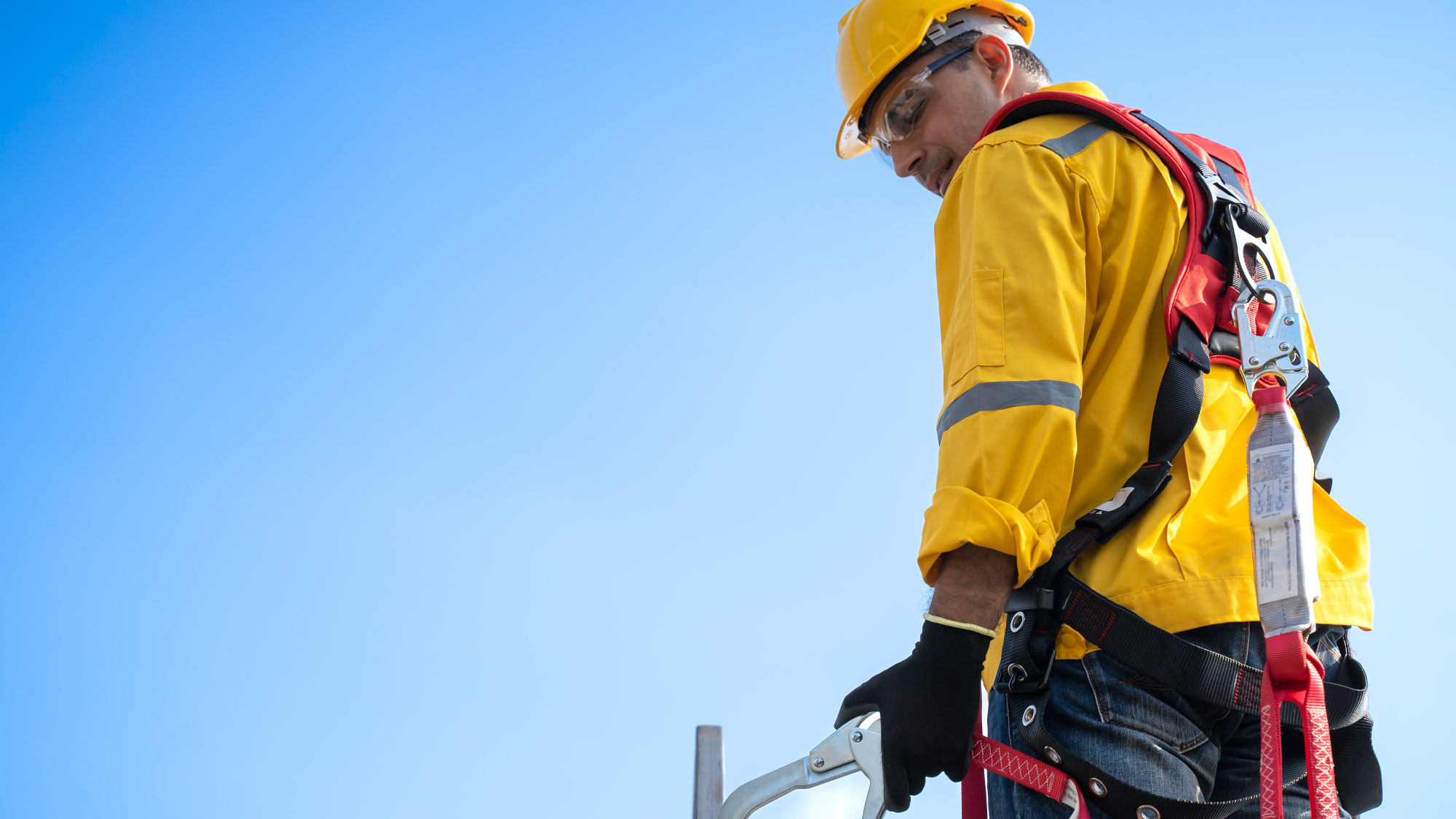
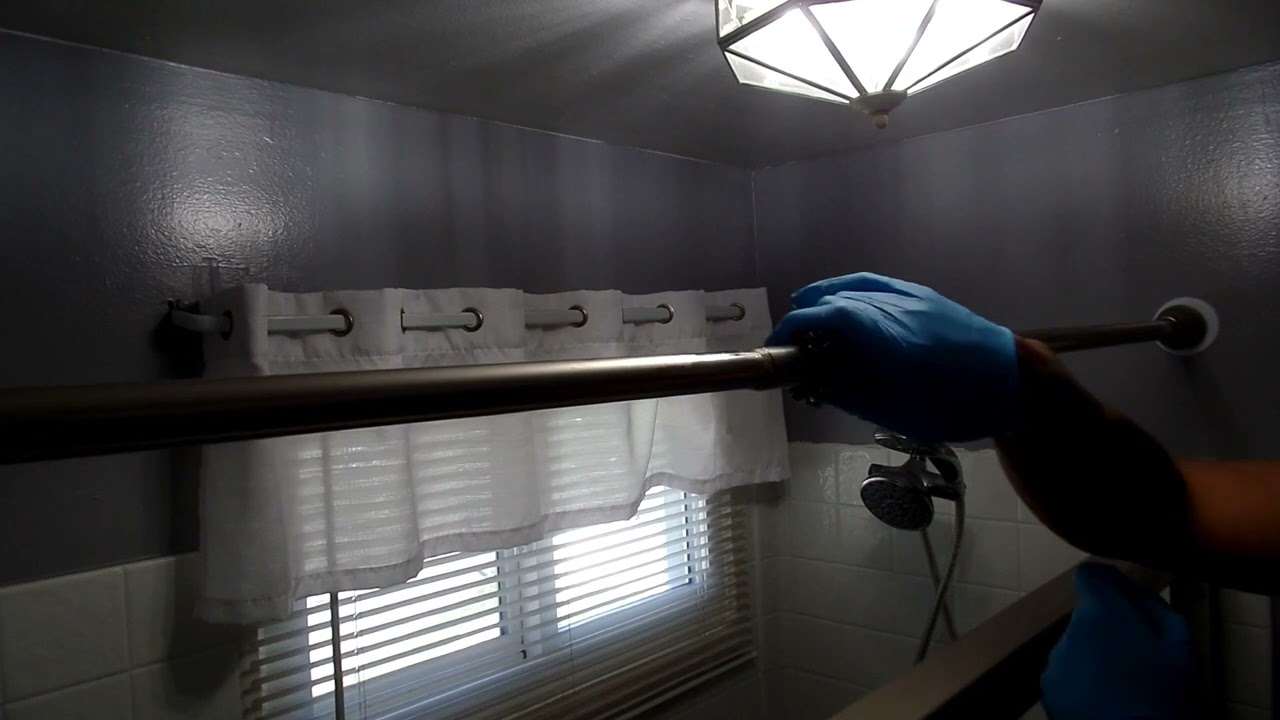
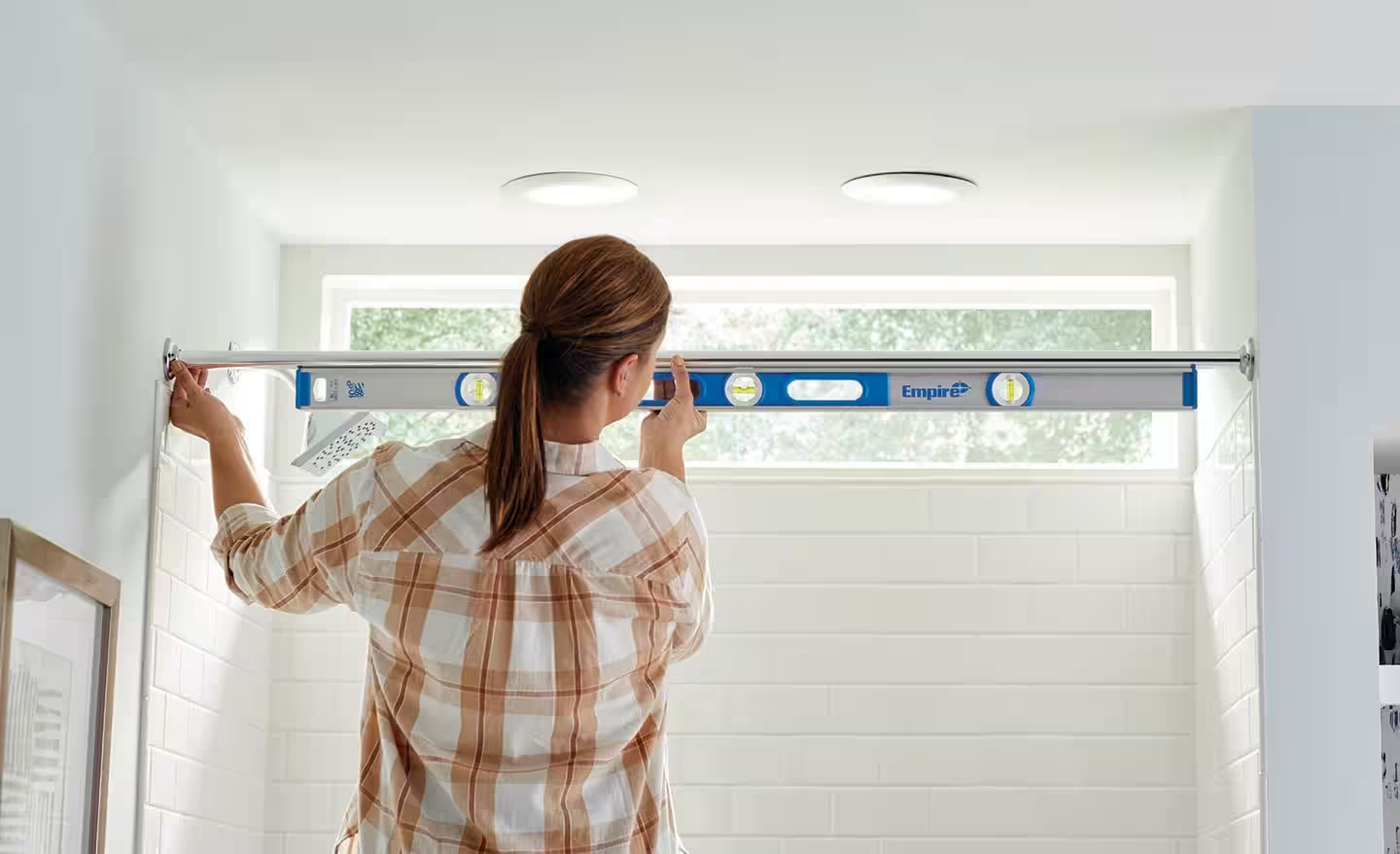
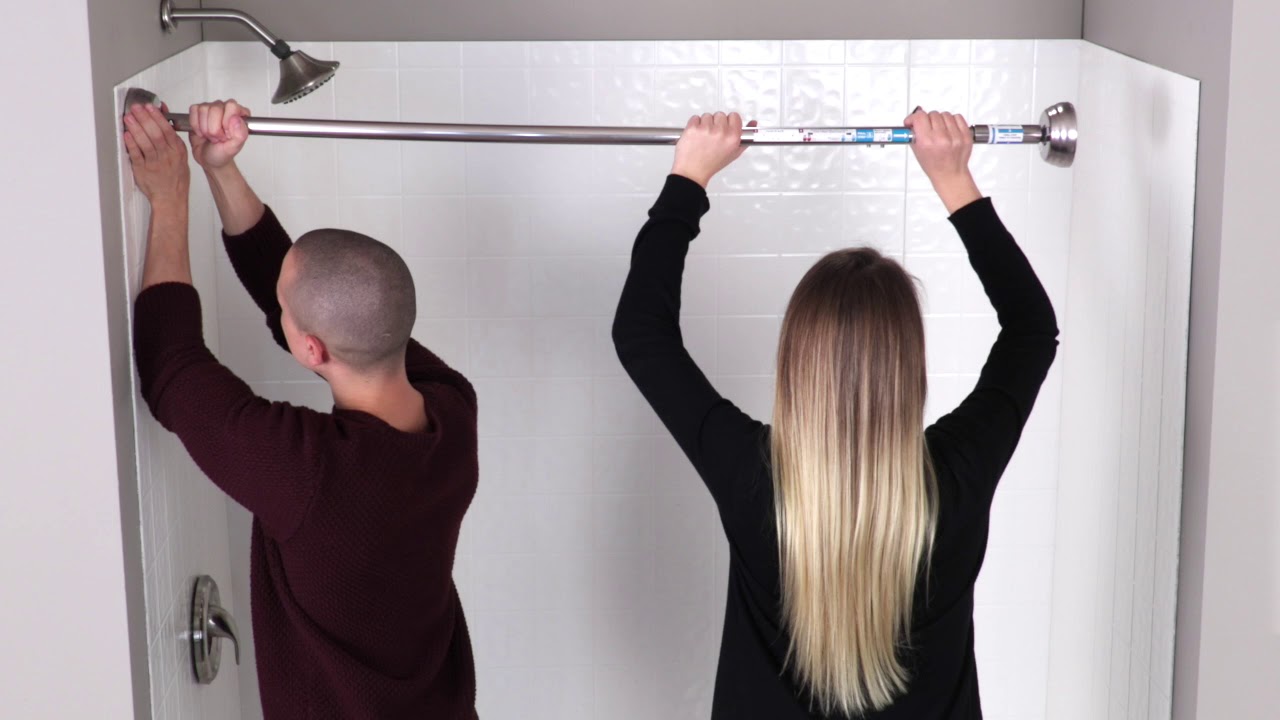
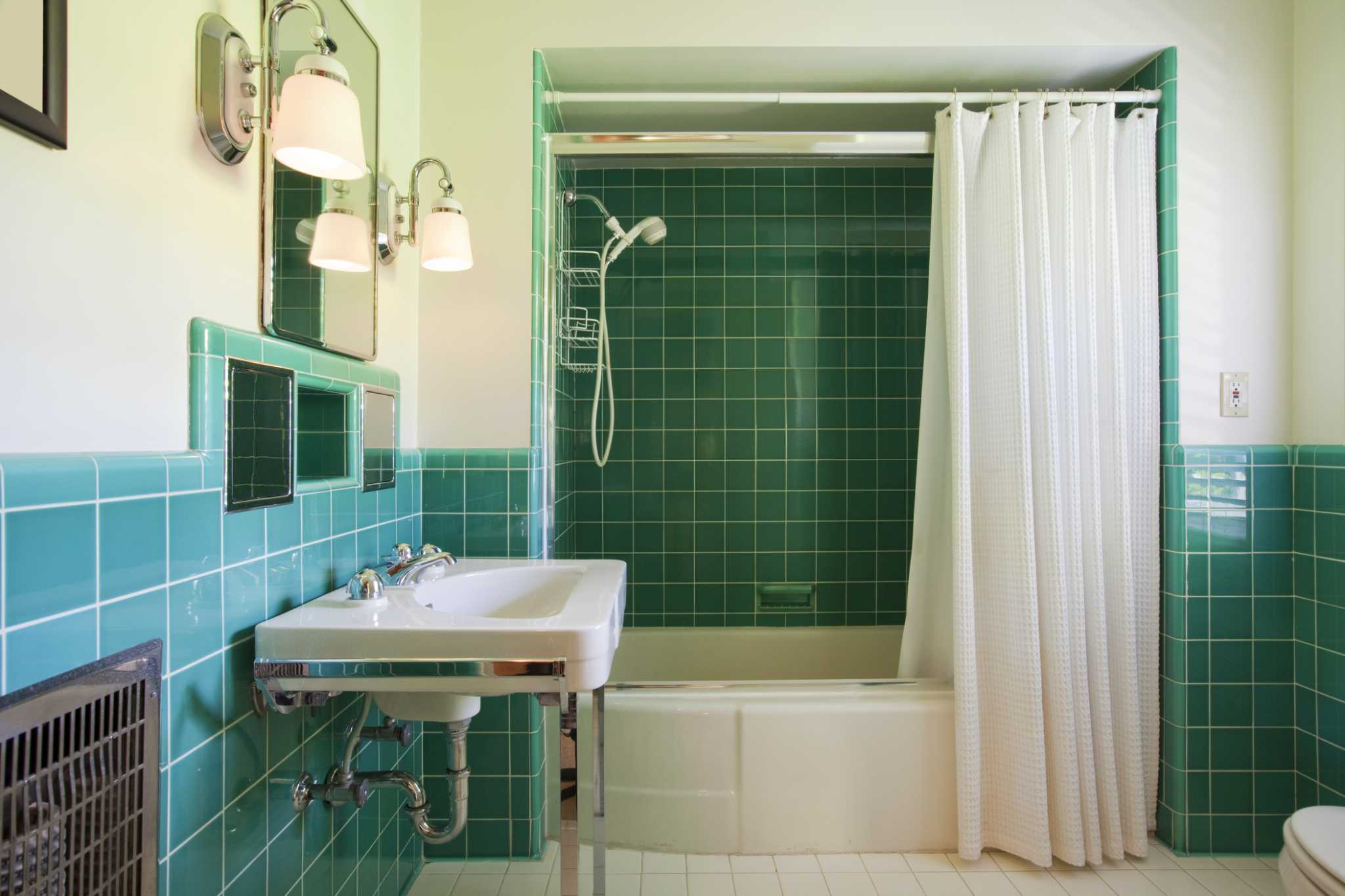
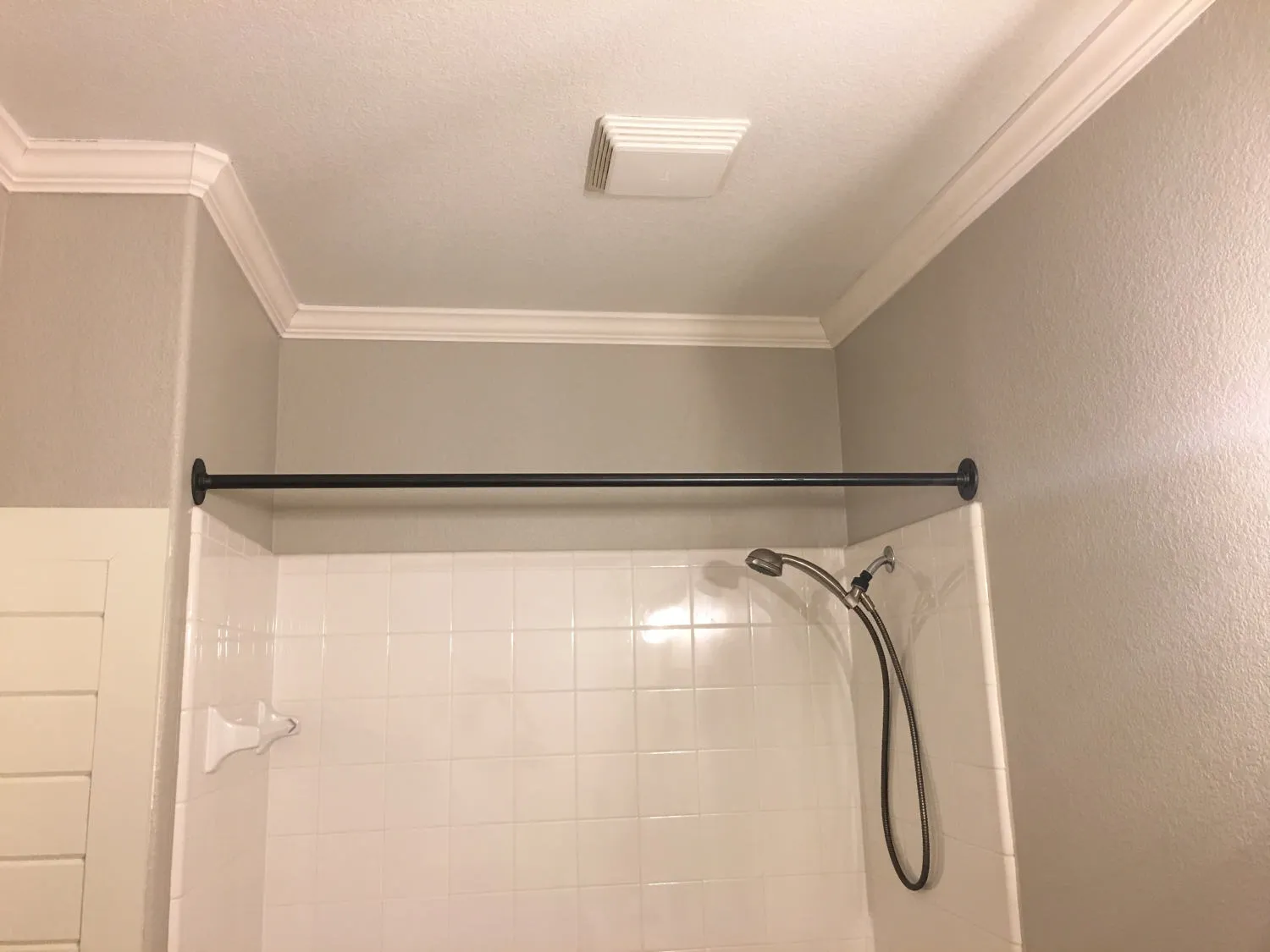
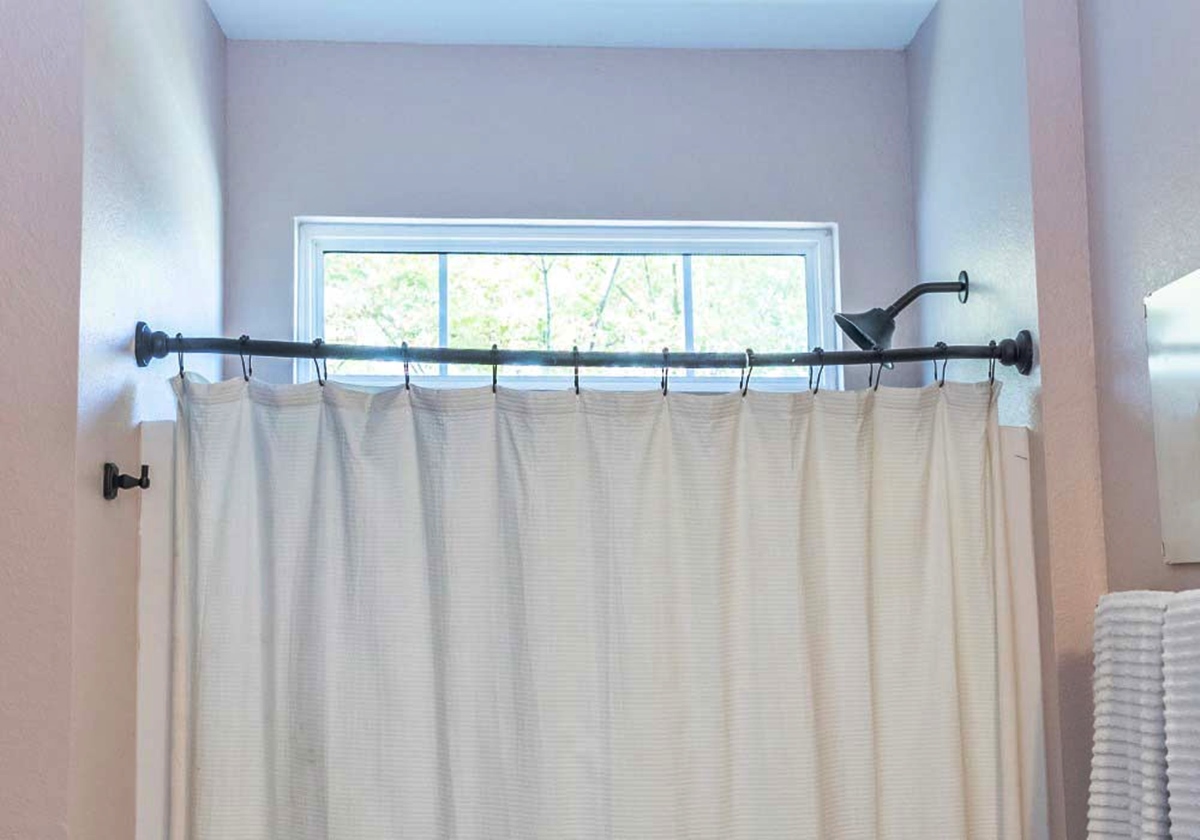
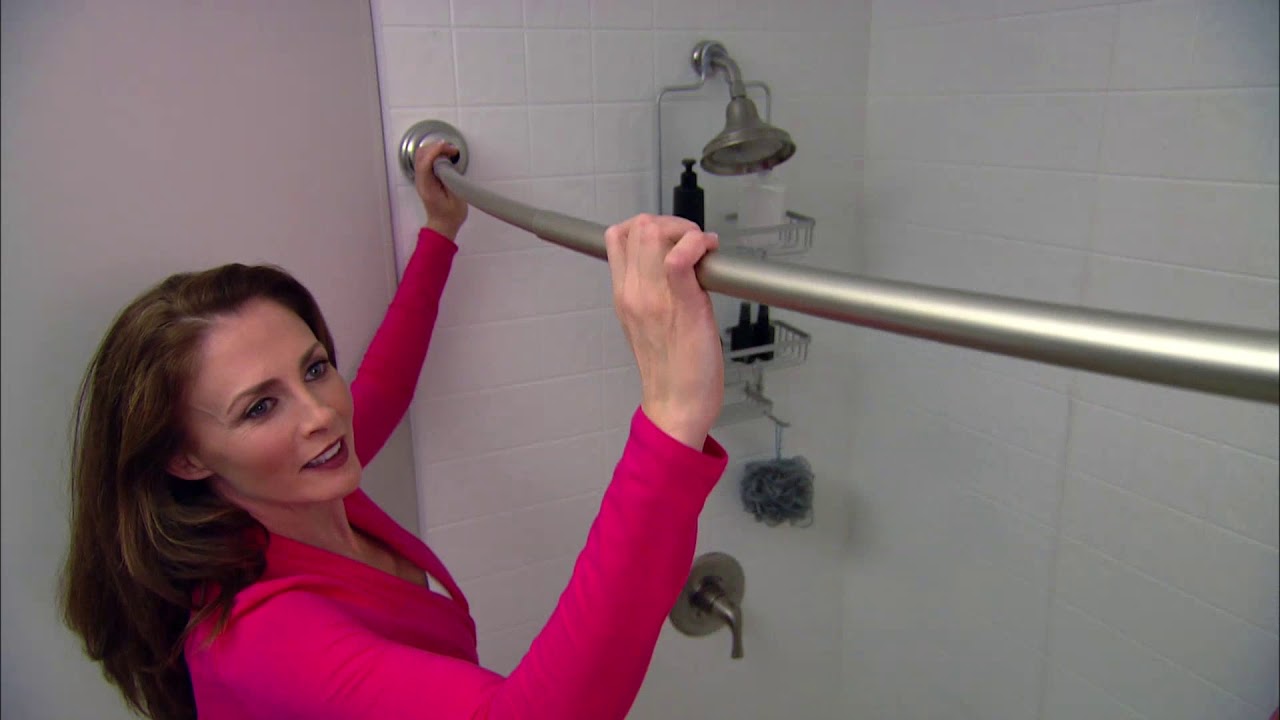
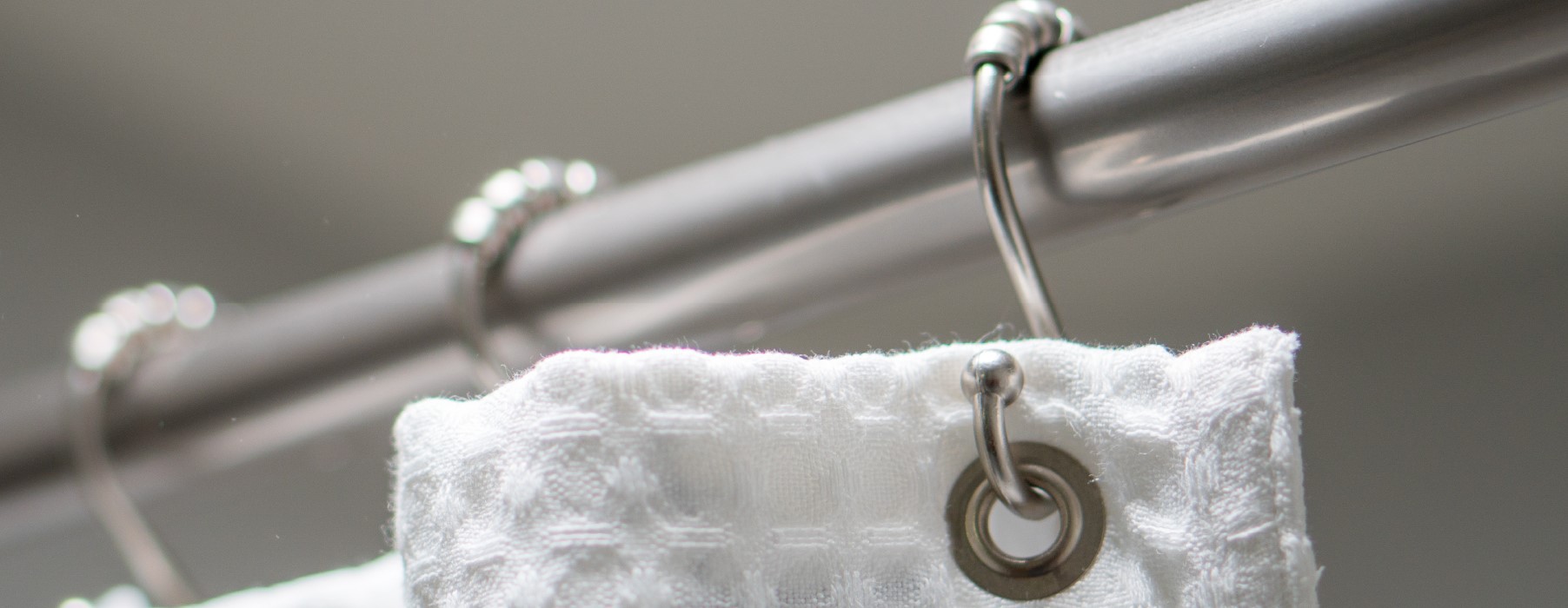
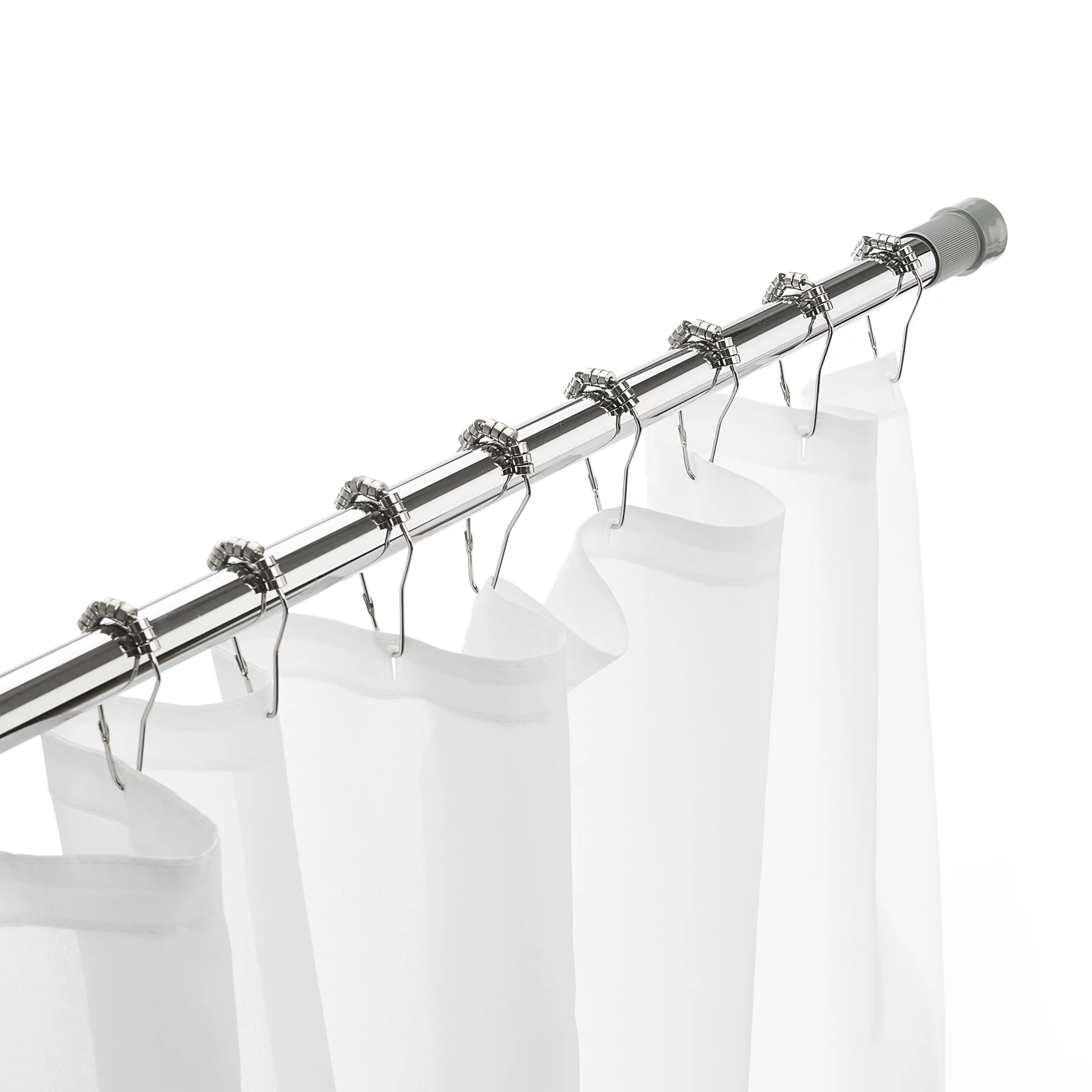
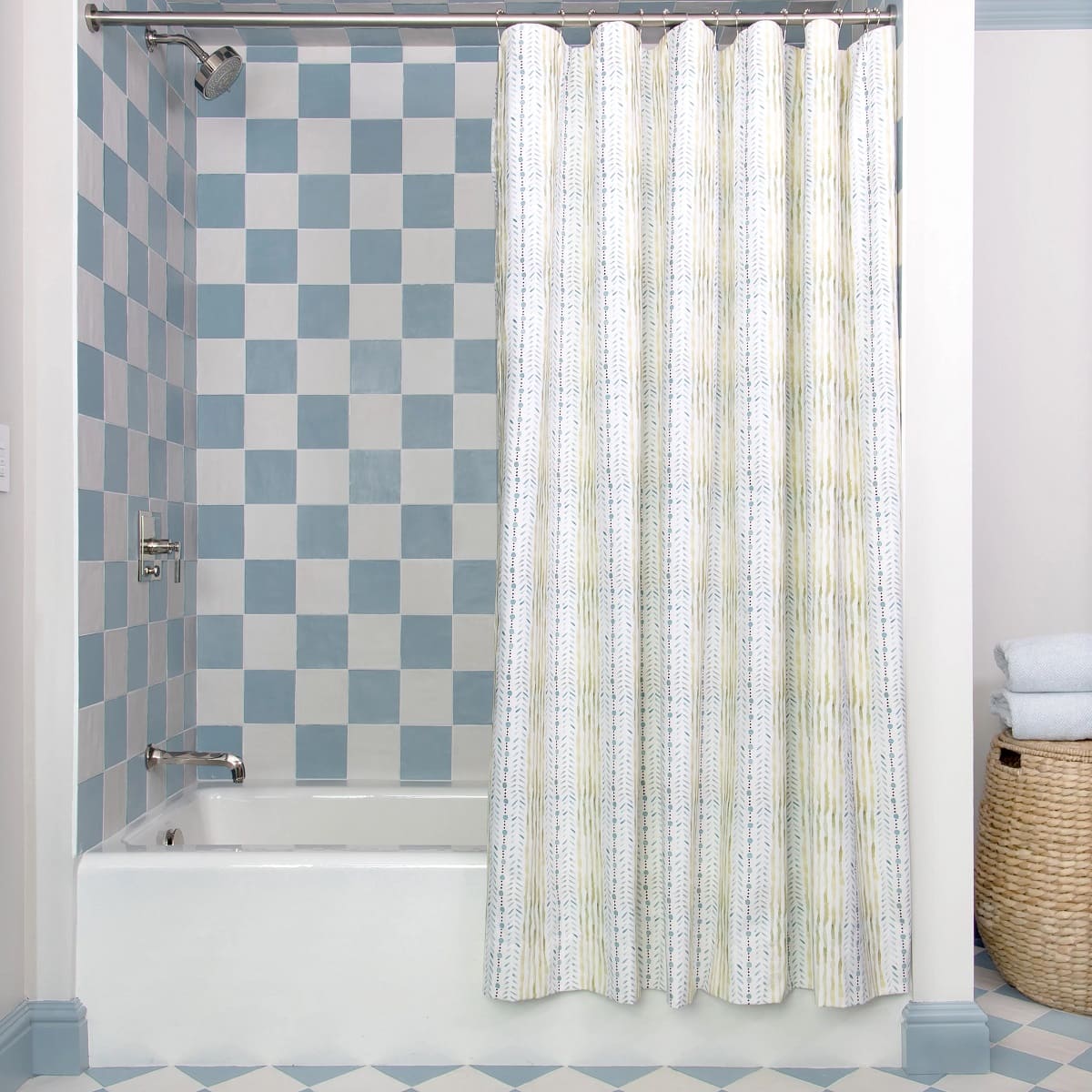
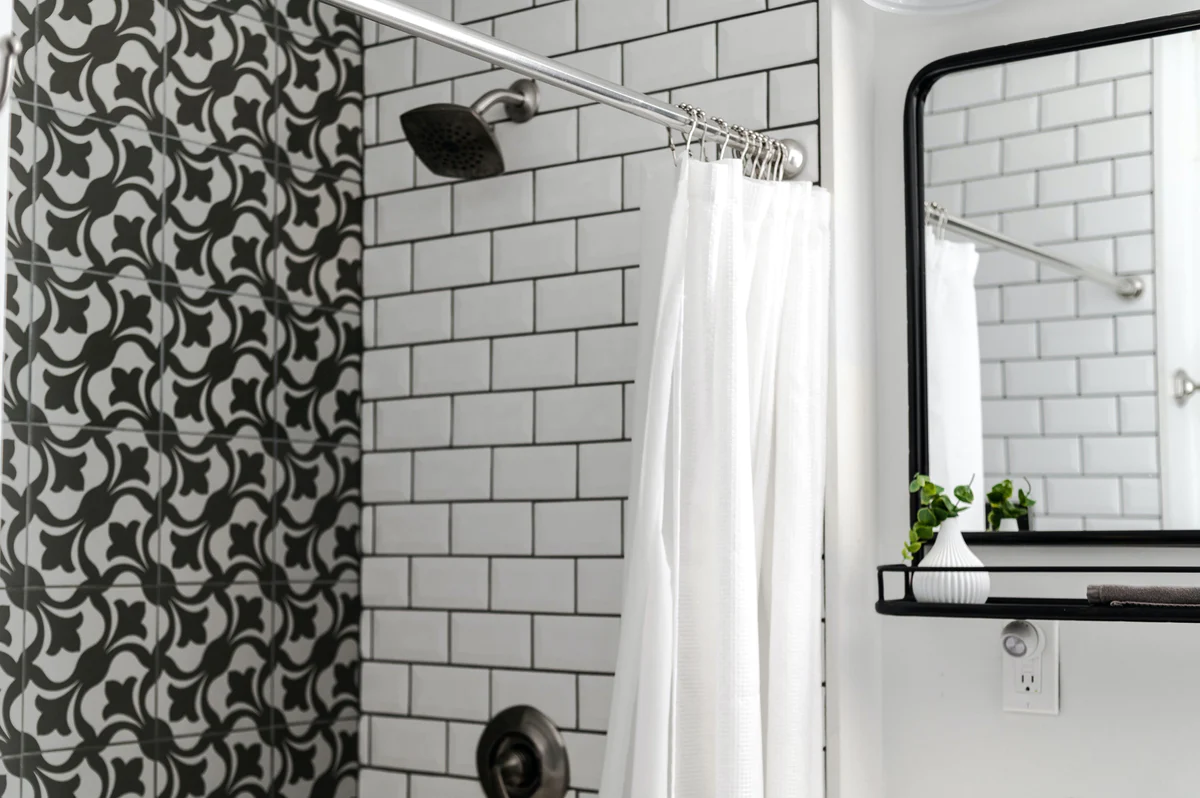

0 thoughts on “How To Prevent A Shower Rod From Falling”